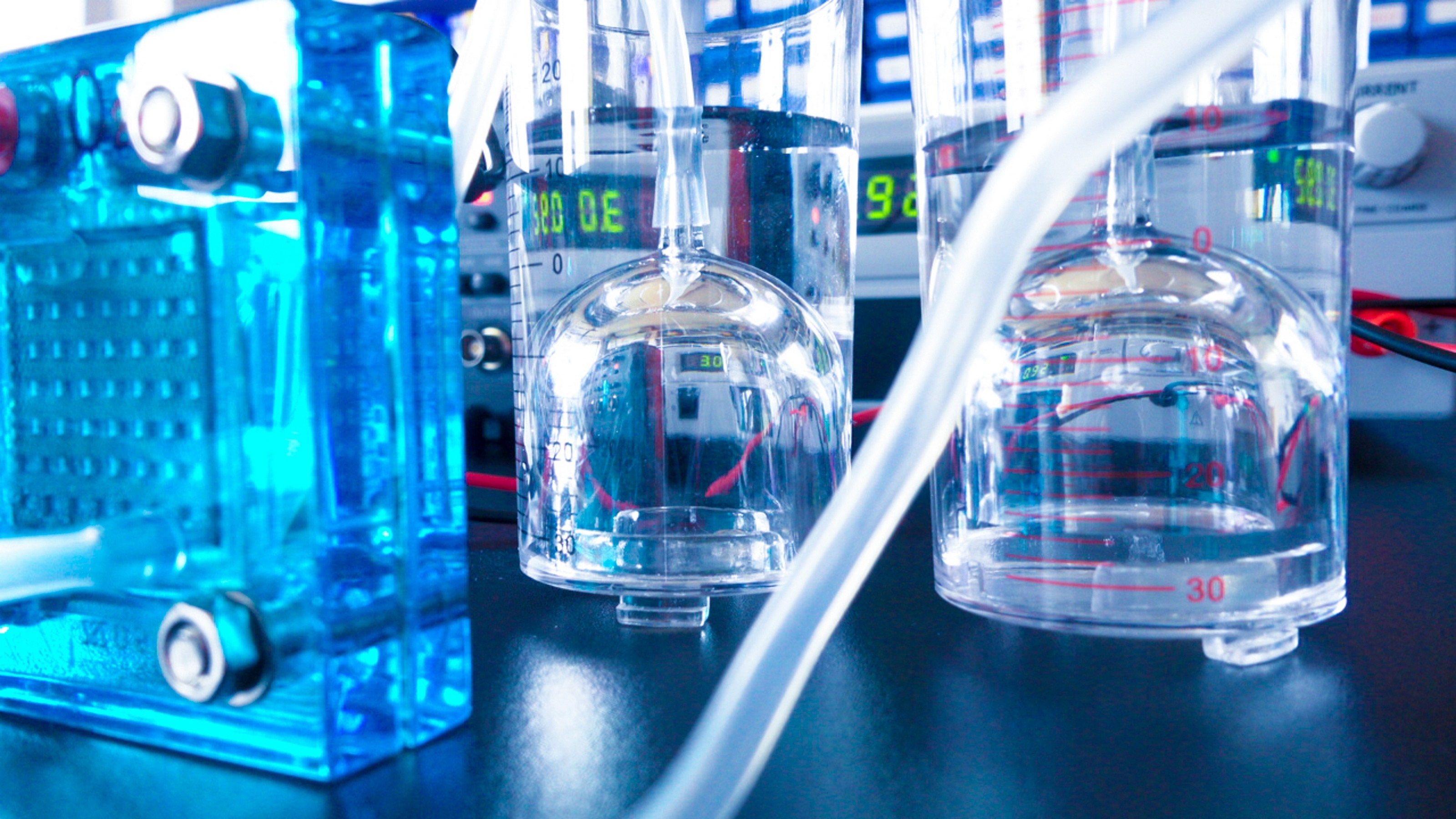Exposure to toxic pesticide DDT found to increase women’s risk of breast cancer later in life
06/03/2019 / By Isabelle Z.

The pesticide DDT has been banned in the U.S. for more than four decades, but its effects are still being felt by people who were exposed to the once-pervasive chemical – particularly women.
A new study spanning 60 years found that women who were exposed to the pesticide DDT at an early age had a greater risk of breast cancer later in life. Moreover, those who were exposed to the chemical as infants were more likely to go on to develop breast cancer at a younger age, while those who were exposed in childhood were more likely to develop the disease between the ages of 50 and 54.
The researchers from Columbia University looked at more than 15,000 women who were tracked for more than 60 years, with blood samples collected at various points throughout their lives. Some of the data collected included age at first DDT exposure, levels of DDT during pregnancy, and age of first breast cancer diagnosis. Analysis showed that the women studied who developed breast cancer were diagnosed roughly 40 years following their first exposure to the chemical.
The more DDT they were exposed to, the higher their risks of the disease were. For example, they found that a doubling of DDT exposure was linked to a threefold higher risk of developing post-menopausal breast cancer. The highest risk of all was associated with those whose first exposure came before the age of three.
The study’s lead author, Dr. Barbara Cohn, said: ‘What we have learned is that timing really matters. We know that if harmful exposures occur at times when breast tissue is rapidly changing, such as during puberty, they impact breast development in ways that can later result in cancer.”
It’s DDT’s endocrine-disrupting properties that are behind the problem, and the researchers emphasized that other endocrine disruptors could also inspire such a risk pattern. She added that the pattern they uncovered could help lead to early detection and treatment based on when a woman first encountered the chemical.
DDT exposure was nearly impossible to avoid
DDT was once hugely popular thanks to its efficiency in killing off insects and protecting crops. It was sprayed on plants en masse around the world, and it was used for a long time before its health effects became obvious. It was hard to avoid, with the chemical often being sprayed from planes and trucks, and people also came into contact with it via food and dust. Many people were exposed in the mid-1900s in the chemical’s heyday, and the youngest women who would have been exposed to it are now reaching the age of a higher breast cancer risk. Although DDT has been banned in America and other countries, it is still used in Asia and Africa for fighting malaria.
There isn’t much you can do about the exposure to DDT that you might have already experienced, but you can still take other steps to minimize your risk of breast cancer. One big way to keep your risk down is by being physically active, with experts recommending at least 150 minutes of moderate physical activity per week. Be sure to avoid excessive alcohol consumption and smoking.
A healthy diet is another way you can keep your breast cancer risk down. Focus on fruits, vegetables and whole grains, while keeping sweets and processed meats to a minimum. Make sure everything you eat is organic. If it has taken this long to uncover the connection between a chemical used decades ago and breast cancer, one can only imagine what will happen when all these years of glyphosate use catch up with humanity.
Sources for this article include:
Tagged Under: breast cancer, breast cancer risk, chemicals, dangerous chemicals, DDT, environment, glyphosate, toxic chemicals, toxins, women's health
RECENT NEWS & ARTICLES
Chemicals.News is a fact-based public education website published by Chemicals News Features, LLC.
All content copyright © 2018 by Chemicals News Features, LLC.
Contact Us with Tips or Corrections
All trademarks, registered trademarks and servicemarks mentioned on this site are the property of their respective owners.



















